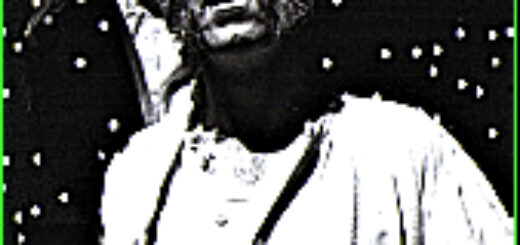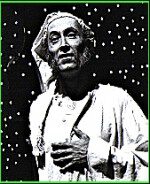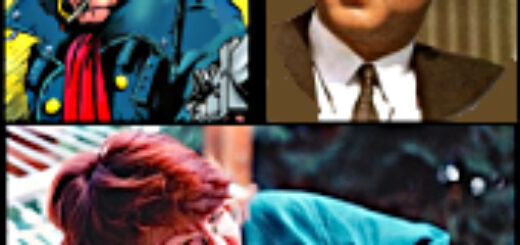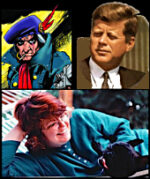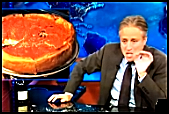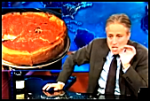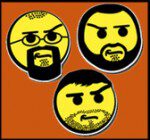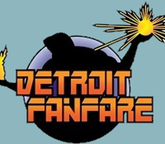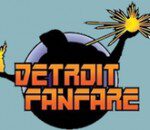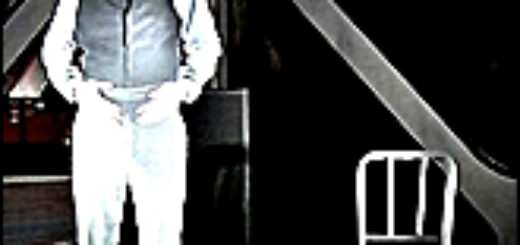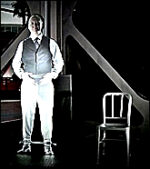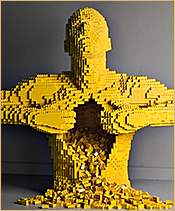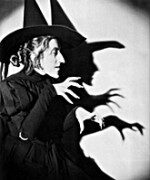John Ostrander: Two Good To Read
 For this week’s column I’m going to talk about two books that I’ve read recently, both of which I enjoyed although they are vastly dissimilar. The books are The Minor Adjustment Beauty Salon by Alexander McCall Smith (published by Pantheon) and Steelheart by Brandon Sanderson (published by Delacorte Press). Both of them are series books: the former is the fourteenth and latest in the No. 1 Ladies’ Detective Agency series and the latter is the first in a planned Reckoners series.
For this week’s column I’m going to talk about two books that I’ve read recently, both of which I enjoyed although they are vastly dissimilar. The books are The Minor Adjustment Beauty Salon by Alexander McCall Smith (published by Pantheon) and Steelheart by Brandon Sanderson (published by Delacorte Press). Both of them are series books: the former is the fourteenth and latest in the No. 1 Ladies’ Detective Agency series and the latter is the first in a planned Reckoners series.
The No. 1 Ladies’ Detective Agency series takes place in Botswana, which is in southern Africa, and the series follows the agency’s founder, Mma Precious Ramotswe and her friends, family, and co-workers as she solves small mysteries. Nothing is huge in these novels – the main mystery of the new book is about someone who is slandering the owner of the beauty salon in the title – but its very warm. The biggest mystery in the series, to me, is how the author, Alexander McCall Smith, captures the characters, all African, and the setting so wonderfully. McCall, Smith is a white Scot, now living in his homeland, was born in Rhodesia but he also lived in Botswana, helping to create and teach at the University of Botswana, and evidently knows and loves the land and its people.
The books in The No. 1 Ladies’ Detective Agency series exemplify the pleasures of good serial fiction. The characters become familiar, as does the setting, and we come to both as old friends. Its not that the series is unchanging but often the changes are small, as befitting the tone of the books. Still, in this one, momentous events occur but they may only seem that way if you’ve read the entire series. If you’ve just come into the series and this is your first encounter with Precious and her friends, I don’t know if the events would mean as much.
In any books in a series, you have better ones and lesser ones. This year’s visit is one of the better ones.
Steelheart couldn’t be more different. Part science fiction, part super-hero exploit, it takes place slightly in the future. There’s been an event that gives certain people extrahuman abilities but the catch is it also appears to make them crazy and unleashes the darker side of their personalities. They’re supervillains and there’s no one around to stop them, especially the title character, Steelheart. However, he – like all other “Epics” (as the superhumans are termed) – has a weakness and, if you can find it, you can maybe kill them.
The novel isn’t really Steelheart’s story – it belongs to David, a young man who, years before, saw Steelheart kill David’s father. David has devoted his life to finding out the weaknesses of Epics, especially Steelheart, so they can be killed and the stranglehold they have on normal human society can be broken. To this end, he seeks out and falls in with a shadowy group called Reckoners who are normal humans also looking to kill Epics. David makes a case for going after Steelheart and that’s the bulk of the novel.
The book reads like an epic comic book but also asks some interesting questions along the way. Steelheart has created Newcago out of what was Chicago and rules like a ruthless tyrant but there is also some kind of order. Electricity works (some times) and there is some sense or society working, unlike other places. Remove Steelheart and will that still be true? Will the ordinary people thanks the Reckoners for their “freedom”?
The book is well written, the pace is fast, and the characters are interesting. I guessed one or two of the twists (that goes with the territory; as a writer myself, I can sometimes see the tricks in another writer’s hand) but I didn’t get all of them and did not guess the climax. It’s a fun read and there’s more on the way. I wouldn’t be surprised to see this one become a movie.
Both books are currently in hardback but are almost certain to go into paperback some time next year. Both are worth reading.
MONDAY MORNING: Mindy Newell
MONDAY LATER: Introducing Jen Krueger
TUESDAY MORNING: The Debut of Jen Krueger


